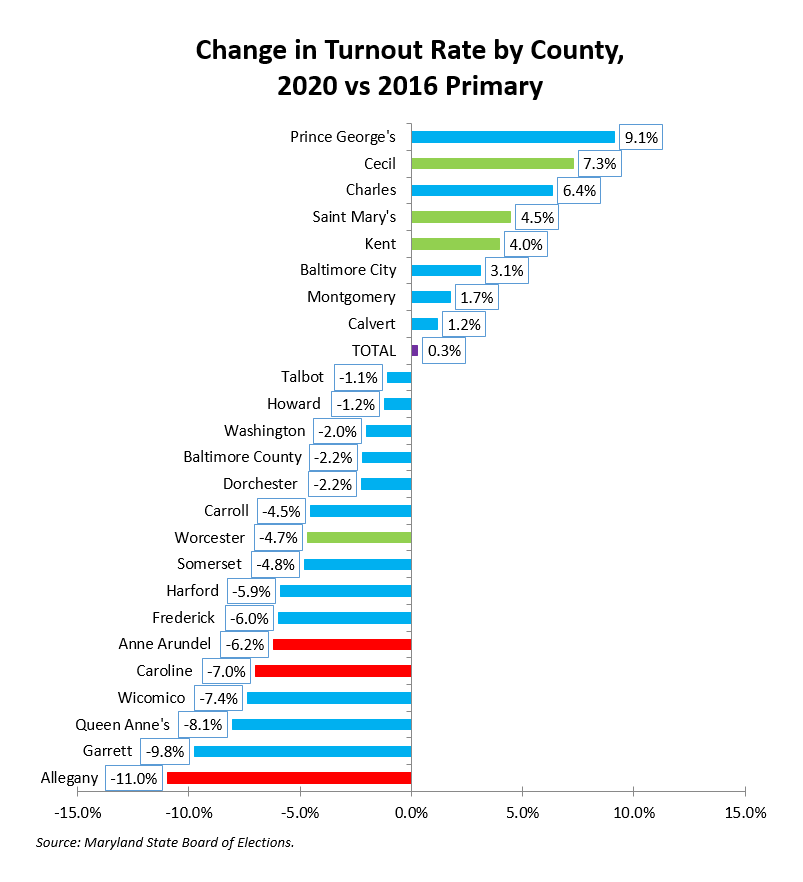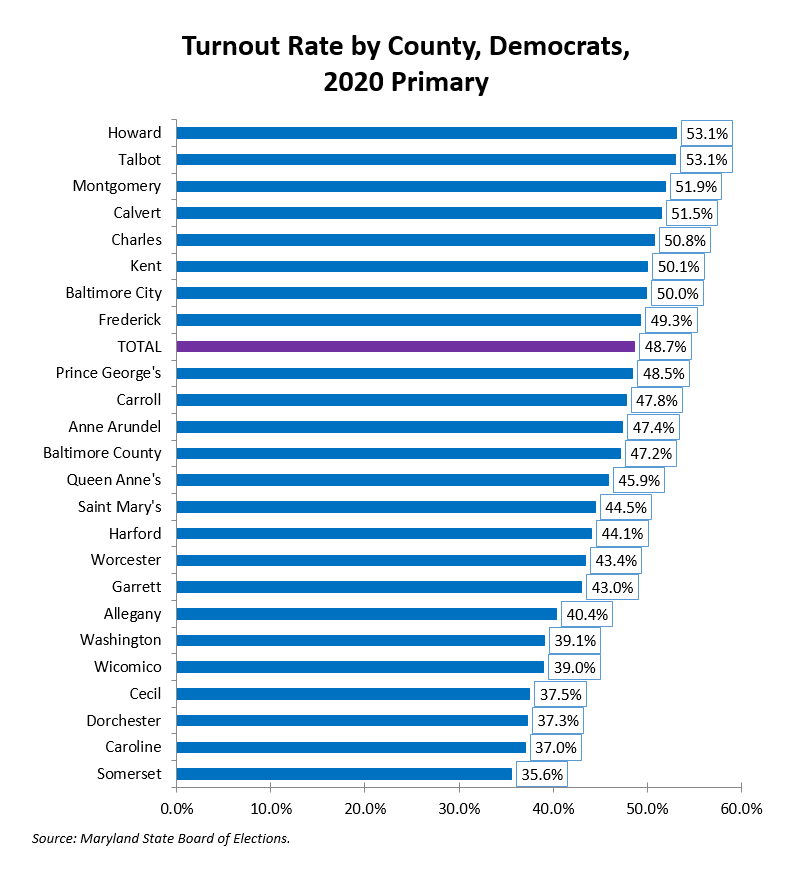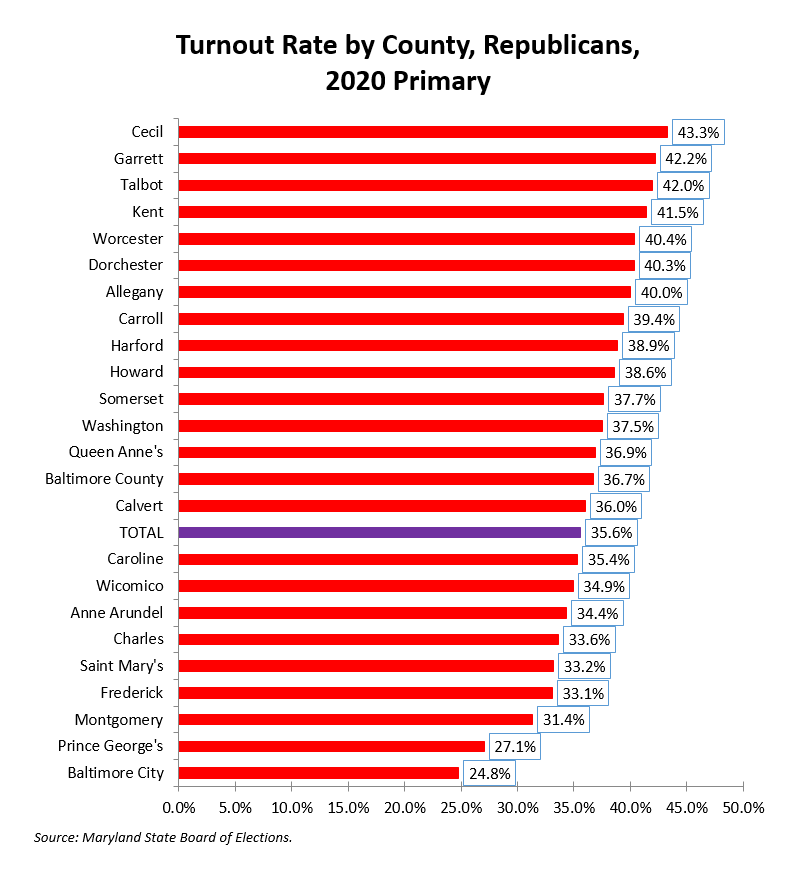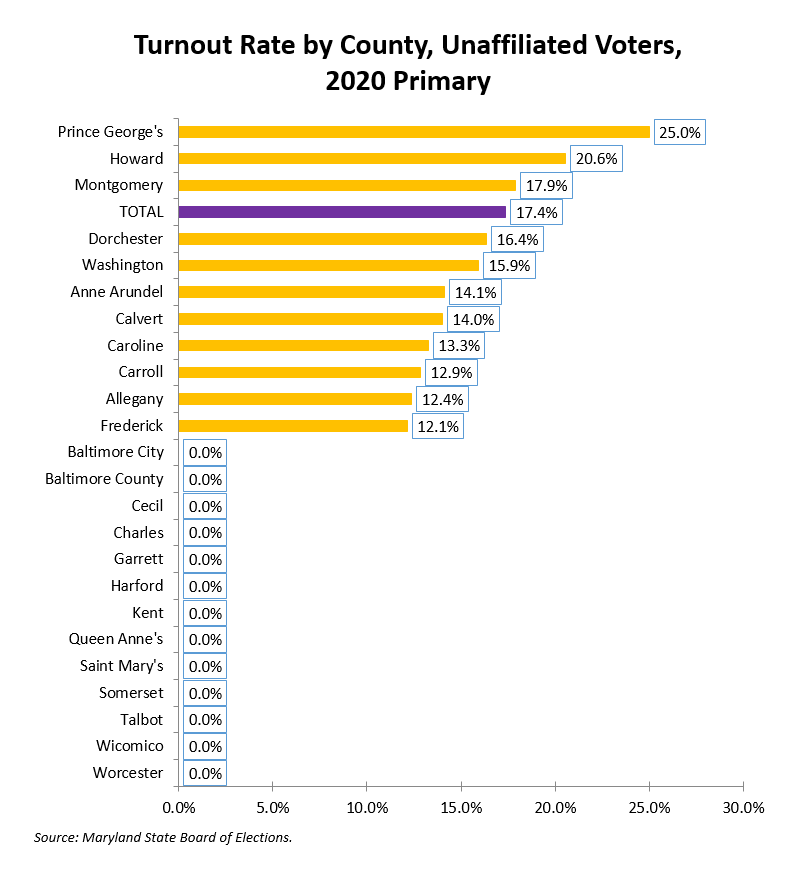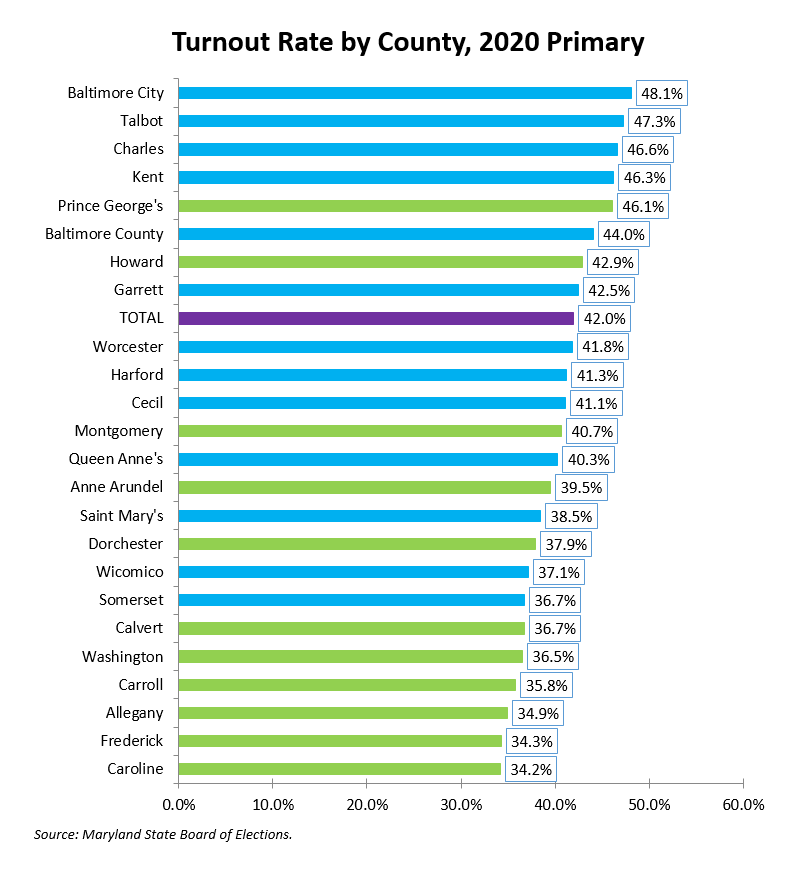By Adam Pagnucco.
Back in April, I wrote that a union representing production employees at MCM (Montgomery Community Media) had filed an unfair labor practice charge against MCM alleging failure to negotiate a new collective bargaining agreement in good faith. MCM is a non-profit that receives most of its funding from the county government to act as its cable access channel. As of FY21, the county is due to provide MCM $2.8 million. MCM’s collective bargaining agreement with NABET-CWA Local 31, which represents some (but not all) of its employees, expired on 6/30/18. MCM and the union have had discussions about a new agreement off and on since then.
As of this writing, a new agreement has not been reached. The union sent the email below to its members updating them on the status of negotiations. When reading it, bear in mind that management likely has a different point of view.
To: MCT/MCM NABET-CWA Members:
Dear Brothers and Sisters,
September 17, 2020
We would like to thank you for all of your hard work and diligence of pursuit during these trying times. Mostly however, your Union extends a huge congratulations for the incredible awards and accolades you have received for your ongoing work at MCT/MCM. It is with great pride that your Union wants to acknowledge all of you!
The Union understands the value of your contribution to MCT/MCM’s success. That is what fuels our negotiating committee, as we fight to gain better wages, benefits and working conditions for you. During these negotiations, we have faced an employer that does not acknowledge your hard work and dedication. To recap, the Contract expired on June 30, 2018, and CEO Nanette Hobson refused to bargain during the following 6 months. Your Union insisted on talks to present ideas, discuss issues, and hopefully put us on track for a “quick” settlement of decent terms once the Company was ready to bargain in January 2019.
When the Company sat down at the bargaining table, it sought to eliminate many of the benefits that you enjoyed in the collective bargaining agreement. The Union has spent the past 18 months fighting either to preserve those benefits or negotiate new provisions to protect all of you. The Union has gotten MCT/MCM to agree to a 3% wage increase for all full-time employees retroactive to July 1, 2019. The Union has gotten MCT/MCM to agree to a 3% lump sum payment for all part-time employees. The Union has further negotiated increases to the rate codes for part-time employees ranging from 6% to 35% depending upon the work being performed.
Here we are in September 2020, and the Company has presented us with another “Last, Best and Final” offer. To be very clear, we have been kind in our rendering of some older clauses with the hopes that the Company would respond in-kind with some substantial offers that acknowledge its respect for your continued hard work. We were wrong on that assumption!
There are only three issues that separate the parties:
First, the Company wants either to limit part-time employees’ participation in the Flex Plan to those who are currently participating in it or reduce its contribution to the Flex Plan from $10.00 per 8 hours worked to $5.00 per 16 hours worked. The former proposal is unacceptable because it would leave those part-time employees who are not participating in the Flex Plan with no other option for fringe benefits. The latter proposal actually discourages participation by making it harder for part-time employees to obtain coverage and access meaningful benefits. Your negotiating committee has repeatedly explained these issues to the Company, but it has not relented. The Union’s proposal is to maintain the Flex Plan, work on encouraging participation in the plan, and, if employees do not want the plan, then the parties can negotiate alternative arrangements in the future. The Company has rejected this proposal too.
Second, the Company wants to take playback operators out of the unit. It proposes eliminating a Playback Operator from the minimum/maximum wage scales for full-time employees (while acknowledging a Playback Supervisor will remain). Playback duties are bargaining unit work. The Union’s proposal keeps that work in the bargaining unit, but it at the same time provides greater flexibility to the Company as to which bargaining unit employees would perform that work. The Company refused that proposal as well.
Third, the final issue that is preventing a new agreement is the Company’s bad faith bargaining. MCT/MCM initially exploited the coronavirus pandemic by refusing to meet at all and then refusing to negotiate over economic matters. When the Union was finally able to force MCT/MCM back to the table, it tried to short-circuit the negotiations with ill-advised “Last, Best and Final offers.” MCT/MCM further tried to short-circuit the negotiations when CEO Hobson sent e-mails to you, mischaracterizing the Company’s last, best and final offers and encouraging you to ask your Union for a vote on proposals that the Company had not made at the time.
Throughout these two years of negotiations, the Union simply wanted to negotiate a new agreement that was fair and reasonable to everyone. The Union wanted an agreement that embodies the respect you deserve, as award- winning contributors to local, independent media. The Union wants an agreement that is fair to MCT/MCM, so that it can provide you with the employment that allows for you to continue winning awards and improving the quality of the media in Montgomery County.
On the other hand, MCT/MCM has not considered your needs as valuable employees. It refused for a long time to pay you properly. Now, it wants to limit or eliminate part-time employees’ access to fringe benefits, and it is seeking to do so during difficult times.
This has been a very frustrating time for the NABET-CWA negotiating team. We need your help! Wear RED whenever possible. Tell the Company you need to be appreciated! Union employees were slapped in the face in 2019 when every other employee at MCT/MCM got a pay raise.
This Company has received funding from the County budget. They have received special appropriations during COVID. Under the County “Services Contract” MCT/MCM receives almost double the salaries paid to those employees! Where does all the money go? Ask yourselves, then respond! Discuss this with management, but better yet… call and write to the County Councilmembers! They need to hear from you! This has continued too long!
The County Councilmembers emails are:
President, Sidney Katz – councilmember.Katz@montgomerycountymd.gov
Vice President, Tom Hucker councilmember.Hucker@montgomerycountymd.gov
Gabe Albornoz – councilmember.Albornoz@montgomerycountymd.gov
Andrew Friedson – councilmember.Friedson@montgomerycountymd.gov
Evan Glass – councilmember.Glass@montgomerycountymd.gov
Will Jawando – councilmember.Jawando@montgomerycountymd.gov
Craig Rice – councilmember.Rice@montgomerycountymd.gov
Nancy Navarro – councilmember.Navarro@montgomerycountymd.gov
Hans Riemer – councilmember.Riemer@montgomerycountymd.gov
In Solidarity,
MCT/MCM Negotiating Committee
/mw opeiu153afl-cio

